Is this the ‘Sutton Hoo of the North’? The new Northumberland museum bringing ancient Britain to life
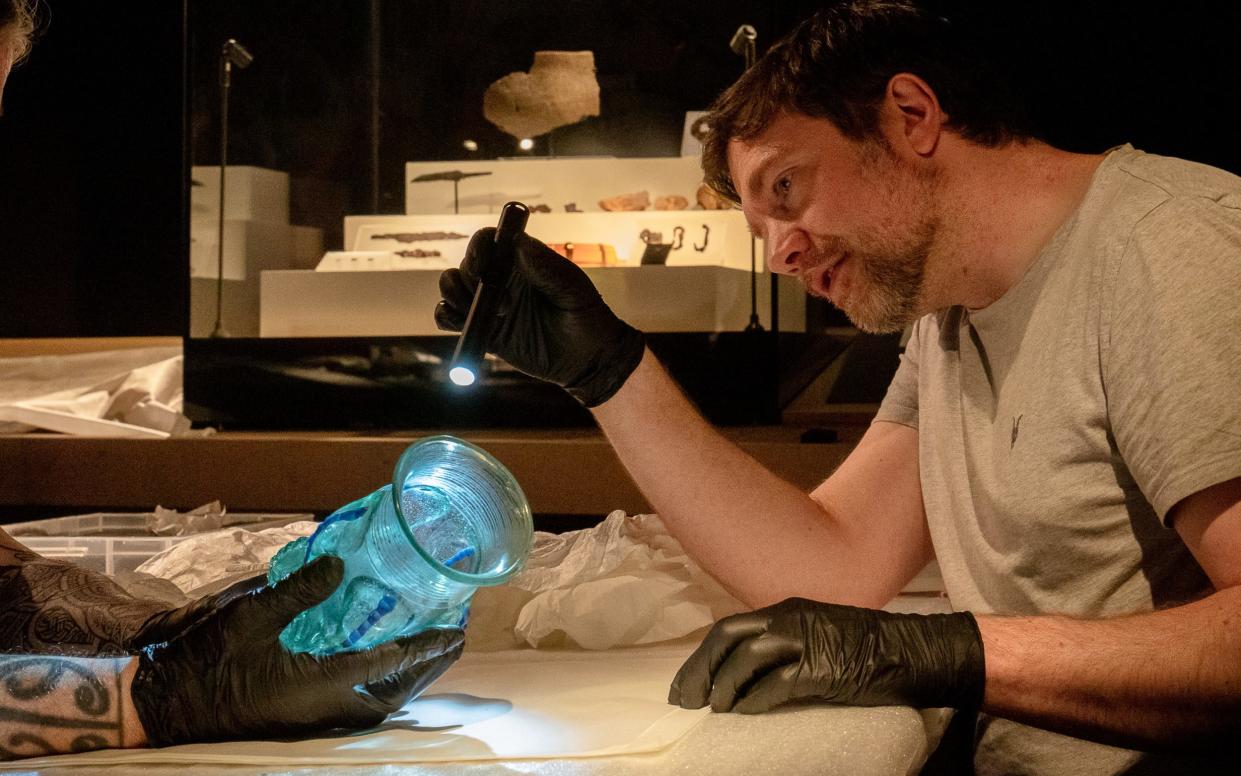
“In many ways there is bugger all to see here,” admits Roger Miket as we walk across what seems to be just another picturesque field of sheep grazing in the Cheviot Hills. “But then there is your imagination,” he enthuses, “and the wonder that you can come here and stand where kings once stood.”
My guide is the secretary of the Gefrin Trust, a small band of volunteers devoted to conserving the archaeological site of Yeavering. Located 20 miles south of Berwick-upon-Tweed and just inside the Northumberland National Park, the “Sutton Hoo of the North” was only fully appreciated after aerial photos were taken in 1949.
Wind back 1,400 years and an Anglo-Saxon royal summer palace would have stood on this sandy knoll, along with a 150-seater timber grandstand. Mass conversions to Christianity took place here in the seventh century, with fervent crowds baptised in the nearby River Glen over a 36-day period.
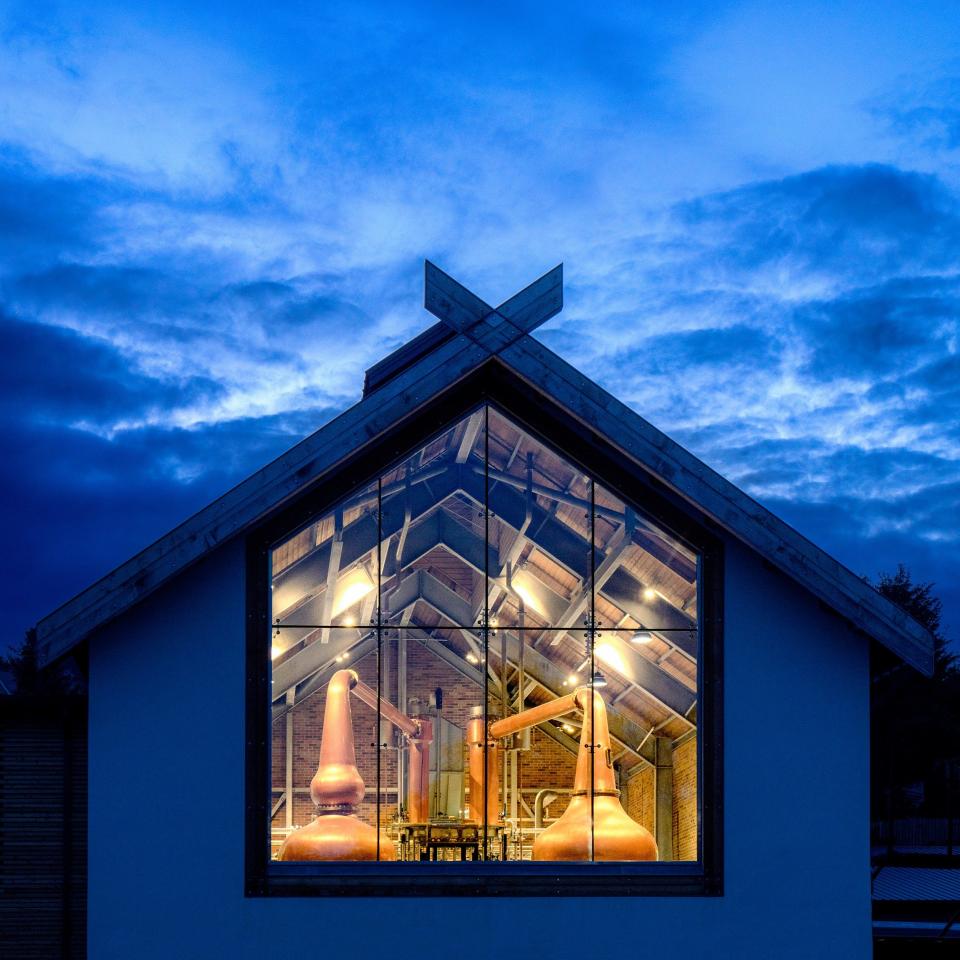
All this is fascinating but perhaps a little hard to grasp – until now. Four miles east in the market town of Wooler, Ad Gefrin is a bold new £16m museum celebrating the golden age of the Kingdom of Northumbria.
“It all began with an Easter Sunday lunch five years ago,” explains Wooler-born Eileen Ferguson, “when we told our five children we were thinking of spending their inheritance on a tourist attraction.” She and her husband, Alan, are from third-generation families working in haulage and owned the derelict site where Ad Gefrin now stands. Conveniently, their eldest son, Chris, is an expert in the Anglo-Saxon period. “We wanted to tell a long-forgotten story,” she adds.
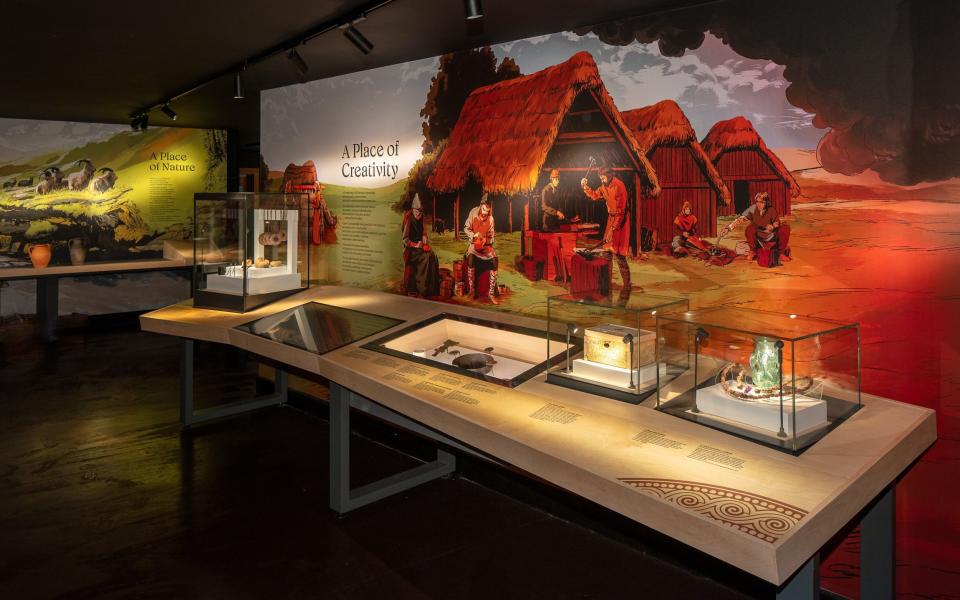
The result is a striking new museum by architect Richard Elphick. There’s a towering, barrel-like atrium constructed with 9,300 wood panels. At night, in a companion whisky distillery, a picture window reveals two enormous, hand-hammered copper stills that gleam like beacons.
Visitors first enter a Great Hall of the same width as the palace that once stood at Yeavering, its walls decorated with nine hand-embroidered hangings that evoke the rich creativity of this ancient heyday. A 40-minute audiovisual experience imagines life in the royal court, while next door a museum gleams with some 50 artefacts, ranging from jewellery to shields and swords.
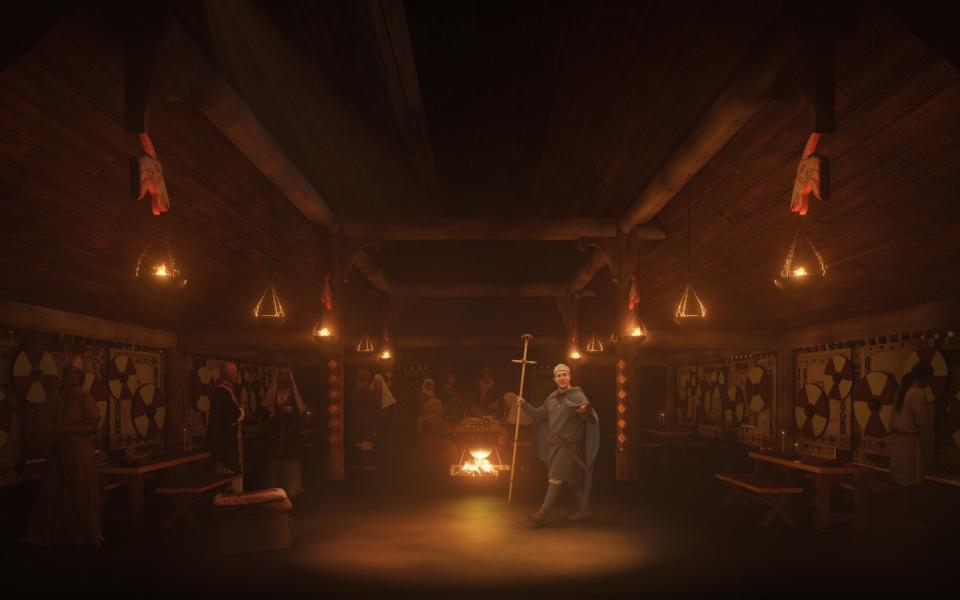
Recycling, it seems, is nothing new: a sixth-century beaker incorporates rare Roman glass from centuries earlier, while a blingy, square-headed brooch includes a gemstone (depicting Cupid milking a goat, no less) that was carved 400 years earlier.
Equally moving is a small, snake-headed brooch that was found in Wooler in 1928 then languished in the British Museum for almost a century. Now it is on display – a memento of intimate moments when an Anglo-Saxon man or woman would have used it to fasten their clothing. How many more ancient treasures lie undiscovered in the surrounding hills and fields?
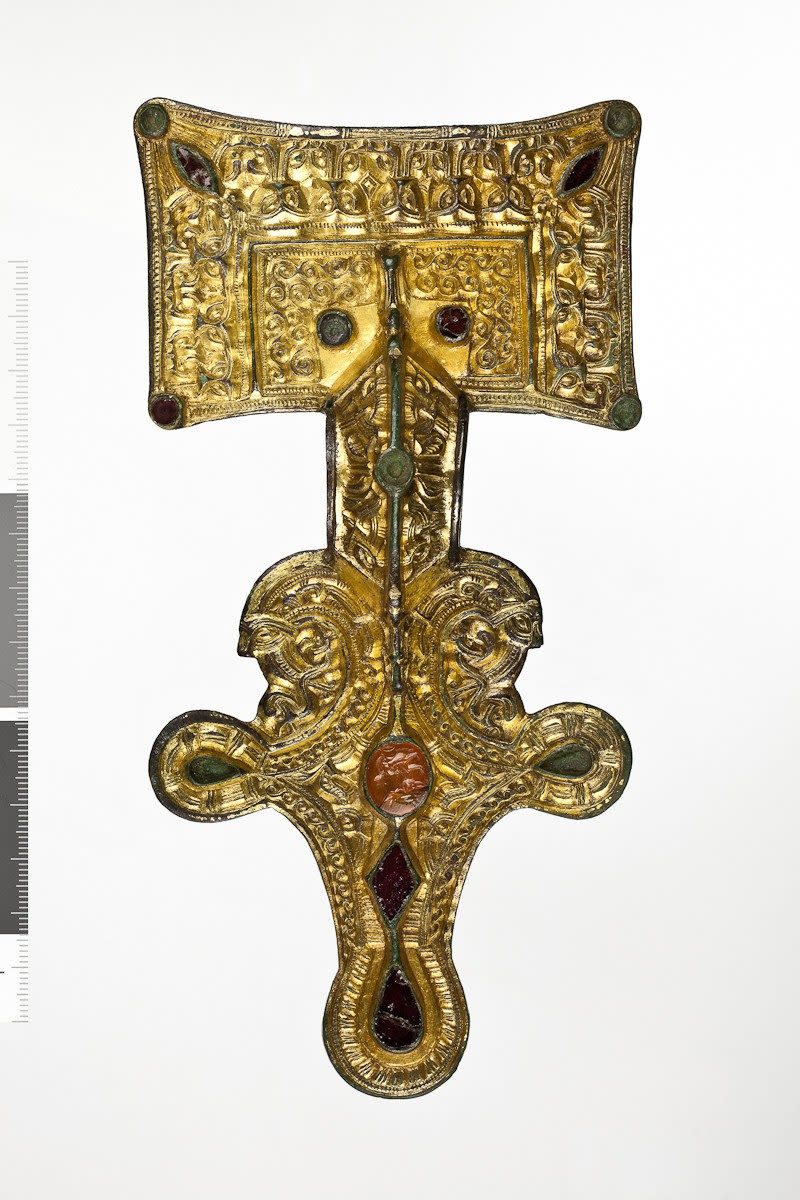
Today, the Glendale Valley is still something of a secret, a quiet corner of the county overlooked by visitors as they race off to big-hitting attractions like Hadrian's Wall and Holy Island. One of the region’s treasures is the panoramic College Valley, which winds deep into the Cheviot Hills and restricts visitors to just 12 cars per day.
Another highlight is the Chillingham cattle, which are among the rarest animals in the world. The 130-strong herd of white beasts receives no human intervention and has dwelled in the grounds of Chillingham Castle for as long as seven centuries. The fierce, splendidly horned bulls and cows are thought to be similar to those found on farms in Roman times.
While the cattle claim residence at Chillingham, visitors are hardly short of smart places to stay themselves. Beside the dry-stone walls and leafy riverbanks lie numerous well-appointed holiday cottages set in sturdy farm buildings. Handsome manor houses are now plush B&Bs, serving Northumbrian breakfasts that might feature Craster kippers, bacon stotties and home-grown rhubarb.
The Anglo-Saxon proclivities for feasting have endured – superb local fare includes cheeses from Doddington Dairy, craft ales from the Cheviot Brewery, spuds from the immodestly-named Particularly Good Potatoes, plus game and venison from the Hetton Estate.
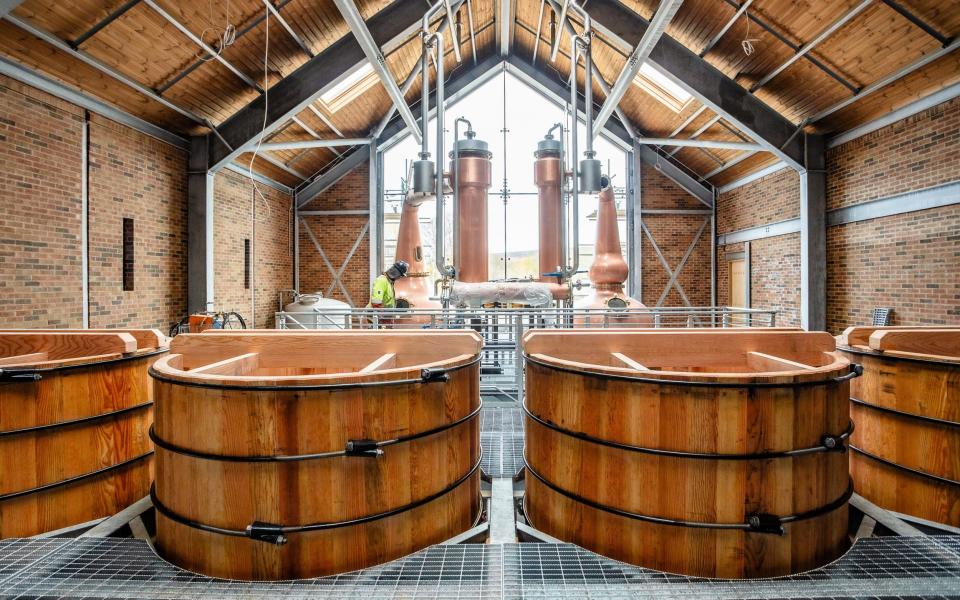
To this we can now add a dram of Tácnbora, which is currently being created with the utmost devotion by Ben Murphy, director of distilling at Ad Gefrin. While a single malt using local barley and Cheviot Hills water is some years off, a very sippable blended whisky is already on sale. A fusion of Scottish and Irish whiskies, it reflects the heritage of some of those who once gathered in the Great Hall at Yeavering. And it’s no doubt far more preferable to the mead that might have filled beakers all those years ago. It’s a true taste of the past.
As Eileen had said: “We wanted to tell a long-forgotten story”. And thanks to the passion and perseverance of one family, an unassuming field from the Dark Ages has inspired a bright new attraction that hopes to draw 35,000 visitors a year – and that's certainly worth drinking to.
Essentials
What to see
Ad Gefrin Anglo-Saxon Museum and Whisky Distillery in South Road, Wooler, is open Wednesday to Monday 10am-6pm (01668 281554). Admission to the Great Hall and Museum costs £10, or £25 including a 90 minute distillery tour and tasting, child rates available.
College Valley is free to walkers, cyclists and horse-riders, but vehicles require a permit.
Chillingham Wild Cattle offers hour-long guided group tours for £9pp, under-16s £4.50, from April 3.
Where to stay and eat
Crabtree & Crabtree (01573 226711) has over 20 self-catering cottages in the Wooler area including two-bedroom The Byre at Reedsford from £699 for seven nights.
Chillingham Manor (01688 215614) is an elegantly furnished B&B in a Grade II-listed former vicarage in Chillingham, with doubles from £145.
The Black Bull Inn (01289 388375) in Lowick has 12 contemporary rooms plus a restaurant that makes good use of local produce. Doubles from £100, B&B.
The Cheviot Tap (0191 389 7102) in Slainsfield has glamping options that include self-catering “doghouses” from £120 for two people. A companion brewery serves craft beers plus pizzas at the weekend.


